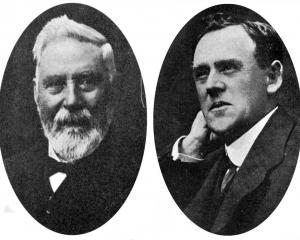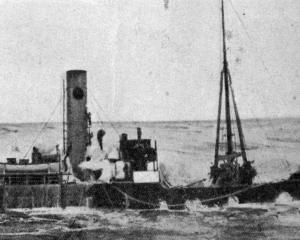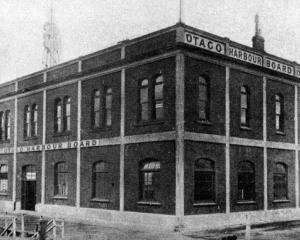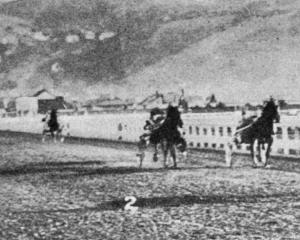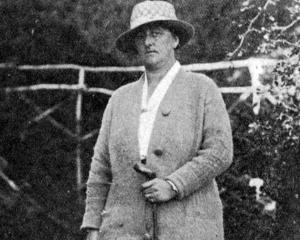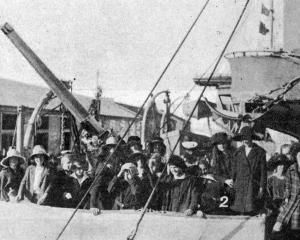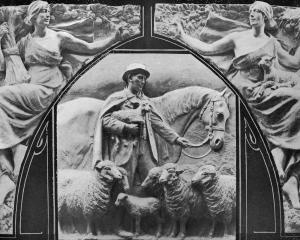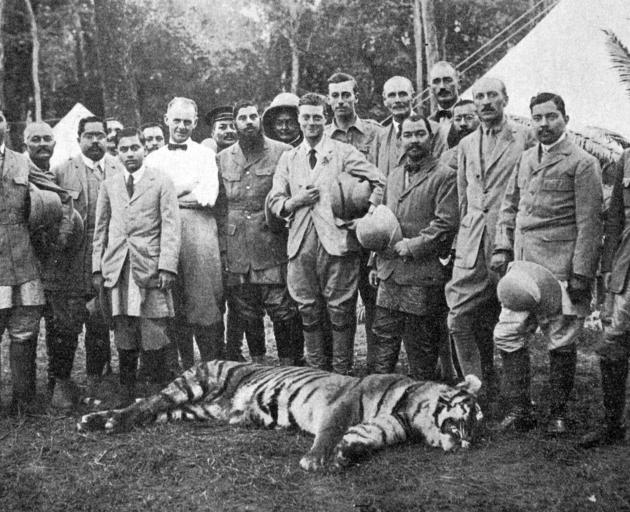
"Steadily, and with his own characteristic charm, he has done his Imperial work. Never, by even a hint, has he admitted that he is affected by the ‘malice domestic’ which is seething under India’s surface to-day.
"He has always assumed — and rightly assumed — that the hearts of the mass of Indians were with him, and whatever the extremists may now decide to do, the Prince can do no other or better than he has already done.
"The Prince can but go on as he has begun. The crucial test of terrorism began in Calcutta, when the tide of loyalty broke through the dams that Mr Gandhi had constructed. It is to the Prince that the credit for this triumph of liberty is to be given, but it would be a cardinal mistake to represent that success as in any way involving his personal interference in Indian politics."
Aoraki impresses William Massey
"Well, it was something new. It is not the class of country I have been accustomed to see," was the reply given by the Prime Minister (Mr Massey) to the request made by a representative of the Christchurch Press for his impressions of his first visit to the Mt Cook region. "Mt Cook is undoubtedly unique," Mr Massey continued, "and in time to come will, if one is to go by what happens in other countries, attract numbers of visitors from within New Zealand and tourists from other countries. I have never seen it before, and I have often heard that there was nothing in alpine scenery to beat it. Now that I have seen it for myself I can understand that to be the case. I have had an opportunity of seeing the Canadian Rockies on several occasions, and I believe that the scenery in the neighbourhood the Hermitage, Mt Cook, is equal to that to be seen crossing the American continent. As a resting place for busy men, I know nothing to equal it. I think I’m justified in saying that the Hermitage appears to be very well managed and visitors are well looked after and made fairly comfortable. At least that was my experience."
Otago Anniversary Day marked
Yesterday being the 74th anniversary of the arrival in Otago of the early settlers of the province, the Early Settlers’ Association made a point of celebrating the occasion, though not in any ostentatious way. There was a big muster of those who were really the founders of Port Chalmers and Dunedin present, and of those who, after a few months, became the settlers of the more remote parts of Otago, beginning with such places as the Taieri Plain, which is said to have attracted the eye of the agriculturalist and pastoralist from the very outset, and the Tokomairiro Plains, both of which proved good grain-growing and pastoral districts, and have provided permanent houses for many who landed here in the sixties and even before that, and whose descendants still people the land. — ODT, 24.3.1922.

